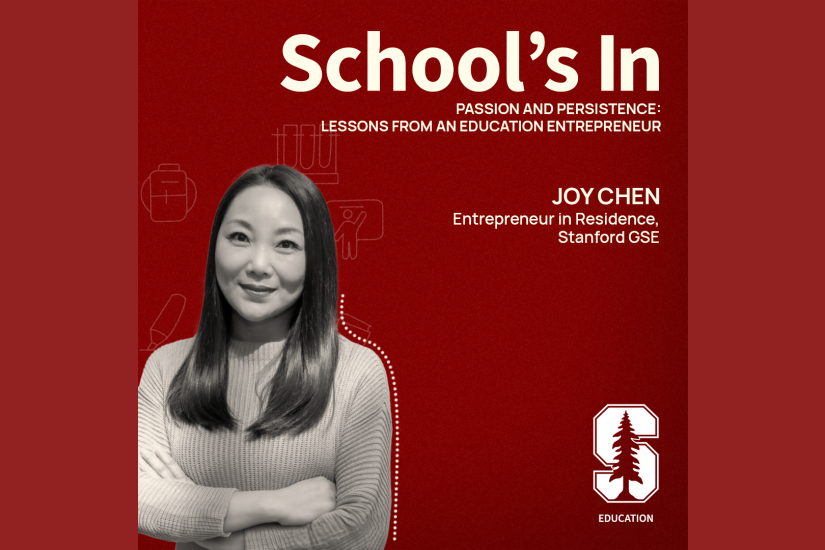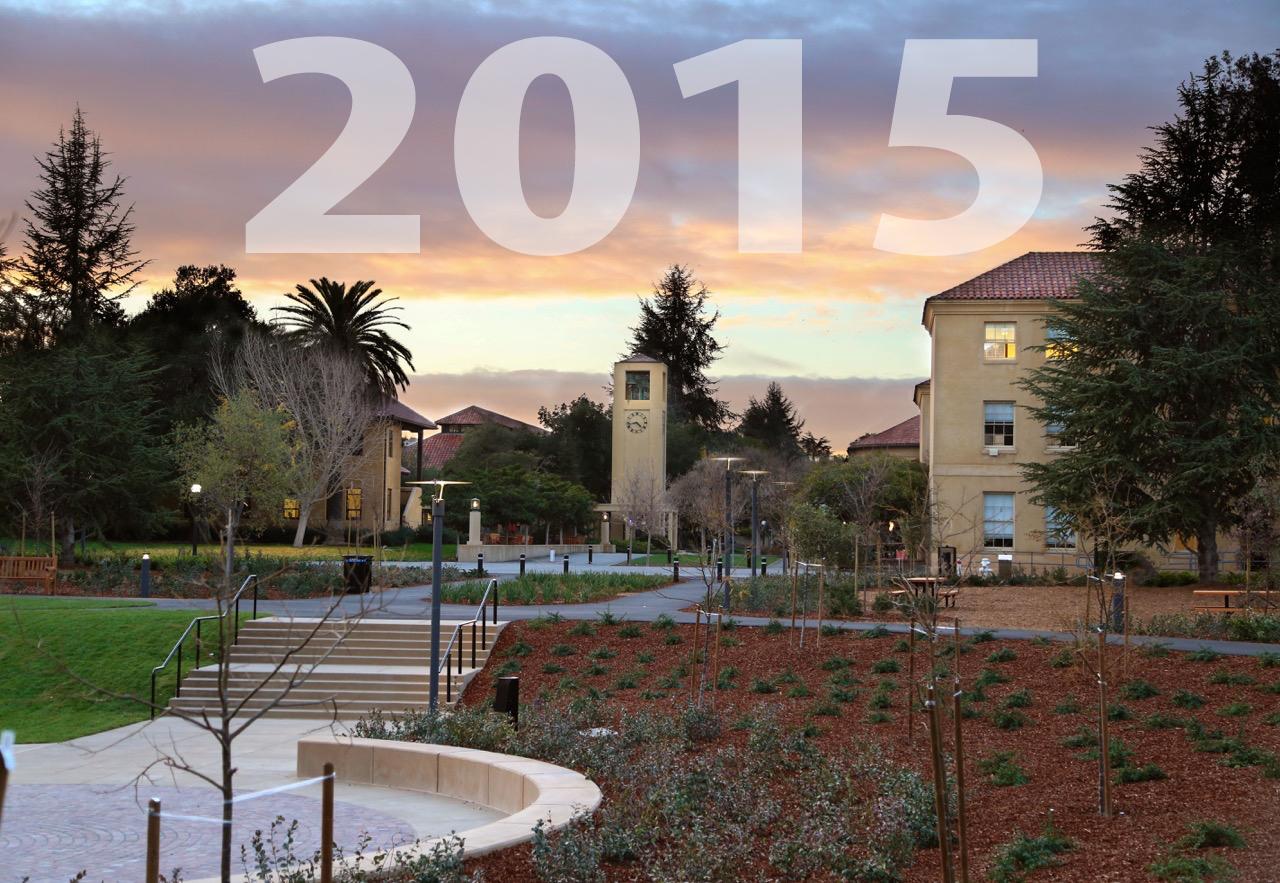
Top research stories from Stanford GSE this year
 View of Cubberley and Barnum Center from the Meyer Green, which opened in November. (Photo: Sofiia Kukhar)
View of Cubberley and Barnum Center from the Meyer Green, which opened in November. (Photo: Sofiia Kukhar)
Scholars at Stanford Graduate School of Education cast a wide net when studying the most effective ways to teach and learn. Below are the most viewed news stories about research from the Stanford GSE in 2015, based on Google analytics. The list, arranged chronologically, includes articles on delaying entry into kindergarten, a new way to learn negative numbers, the promise of MOOCs and improving critical thinking in science. If you didn't get a chance to read them the first time around, here's another look:
Research shows the best ways to learn math

Professor Jo Boaler says students learn math best when they work on problems they enjoy, rather than exercises and drills they fear.
School recess benefits student well-being, study finds
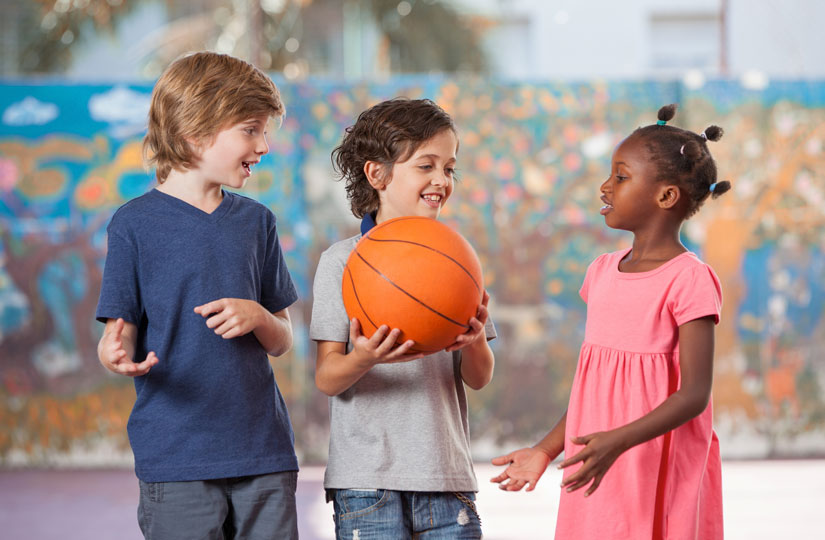
Well-organized recess programs engage students in meaningful play and prepare them to learn once back in the classroom finds research from the John W. Gardner Center.
Stanford study shows success of different programming styles in computer science class

The Graduate School of Education and the Computer Science Department engaged in a joint research project to advance new approaches to teaching.
Brain wave study shows how different teaching methods affect reading development
To compare the effects of two ways to teach reading, research from Professor Bruce McCandliss and his colleagues used brain waves to map neural circuits.
Study finds blacks and Hispanics need higher incomes than whites to live in affluent neighborhoods
Professor Sean Reardon's new research reveals troubling patterns of racial segregation that could constrain upward mobility for black and Hispanic families.
Why can Palo Alto grade schoolers read Mandarin better than students in AP Chinese classes?
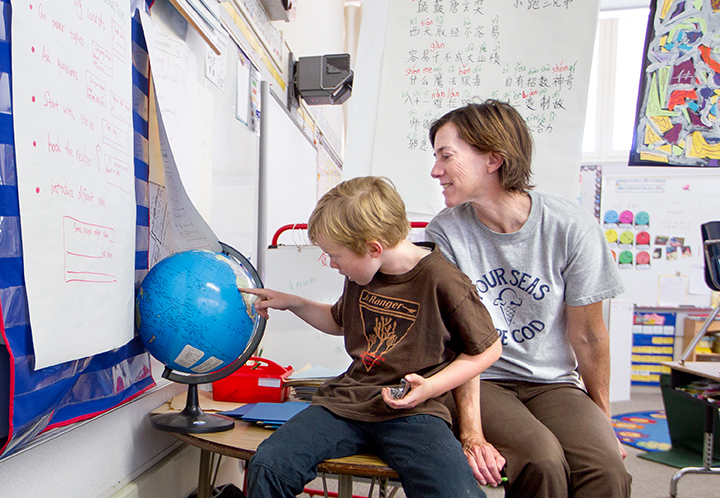
Two studies show immersion students achieve proficiency in Mandarin without falling behind in other subjects.
Stanford research identifies more effective way to teach abstract math concepts
A new study shows that adding the idea of symmetry to fourth-grade math curricula improves learning of negative numbers as well as other subjects.
Just breathe: Simple changes can reduce student stress and improve learning, say Stanford researchers

New book by scholars at Challenge Success describes ways in which schools, teachers and parents can create healthy learning environments for students.
Research shows how to improve students' critical thinking about scientific evidence
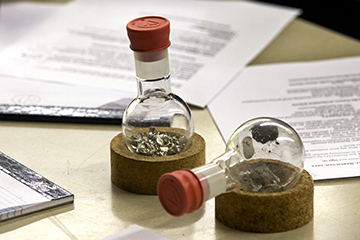
Encouraging students to repeatedly make decisions about data collected during introductory lab courses improves critical thinking skills, study finds.
Q&A: Teaching about morality and democracy in school
Eamonn Callan, the Pigott Family School of Education Professor, addresses what students should learn in school about democracy and morality.
Study finds improved self-regulation in kindergartners who wait a year to enroll

A new research paper co-authored by Professor Thomas Dee finds strong evidence of mental health benefits in delaying kindergarten.
MOOCs haven't lived up to the hopes and the hype, Stanford professors say

Massive open online classes were supposed to change the world of education, but it hasn't worked out that way yet, say three Stanford professors who have been involved from the beginning.

